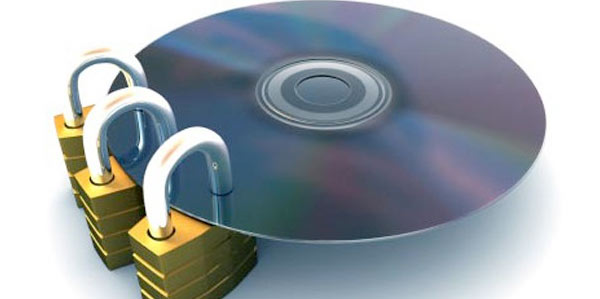Protecting Digital Audio: Part III
Content Scrambling System (CSS) is the copy protection scheme adopted by the DVD Forum to secure Hollywood’s content on DVD-Video discs. It uses an encryption method for the data on DVD discs AND “key” files on the players to unscramble the movie during playback. This was supposed to be a “very robust” copy protection method…but was cracked by a 14-year old kid, self-taught, computer geek named Jon Lech Johansen from Norway. He managed to reverse engineer CSS and then created and distributed DeCSS to allow DVD users to get around the copy protection scheme. He got into a lot of trouble, was taken to court but was acquitted because Jon owned the copy of the disc that he hacked into.
When it was time for the DVD-Audio format in 2000, the DVD Forum went back to the drawing board in search of another copy protection scheme to dissuade digital copying once again. This time they came up with two different systems. There was CPPM (Content Protection PreRecorded Media) and another one for recordable discs. As an authoring facility that has authored lots of DVD-Audio titles for my own label and others, I know there is an option to check the CPPM box during the final MUX (the final stage or bringing all of the different digital media assets together into a single replication ready file) or not.
The major labels switched on CPPM copy protection for their discs, while I left it turned off. My reasons were based on economics…using CPPM is costly (just like the mandatory AACS method used on Blu-ray discs). I’ve never really thought about protecting my discs because I deal with an audiophile customer AND my products are not mainstream commercial artists (although that hasn’t kept people from stealing them and posting them online as it turns out).
When the CCPM flag is activated on a DVD-Audio disc and is played in a DVD-Audio capable machine (or a hybrid player like the Oppo machines), the outputs contain the following signals. The main analog outputs use the internal DACs and usually output 96 kHz/24-bits for both the stereo channels and the surround outputs (some very inexpensive machines will downconvert the sample rate to 48 kHz but this is not common…however, it is part of the specification and therefore not “illegal”). The S/P DIF (Sony/Phillips Digital InterFace) optical and coaxial outputs output a digital stream that is downconverted from 96 kHz or 192 kHz to 48 kHz.
The labels were somehow convinced that downconverting from 96/192 kHz to 48 would somehow be enough to keep people from copying their products. Little did they know that their discs don’t have any frequencies above the Nyquist frequency of 24 kHz!
This caused a problem for makers of expensive, high quality, external DACs like Benchmark, Berkeley Audio Designs and Lavry. The S/P DIF inputs to their devices couldn’t take advantage of the “enhanced resolution” of the major label DVD-Audio titles…they still can’t! That’s part of the reason why my own DVD-Audio recordings are so widely used as demonstration material at trade shows. I don’t set the CPPM flag and therefore the full resolution 96 kHz/24-bit PCM data is allowed to pass to the external DACs (it’s also because my recordings actually have ultrasonic content).
This is the current situation. If you’ve collected a bunch of highly prized and expensive DVD-Audio titles, you can’t get to 96 kHz sample rates with external DACs unless they have HDMI inputs. OR you can do what I did and purchase a specialized box that takes an HDMI input stream and extracts the audio portion for your fancy DAC, while the unaltered HDMI stream is passed along to your A/V Receiver or TV. I’ve got mine coming any day so stay tuned. It costs about $50 with shipping.


Dr. Waldrep,
Just listening to my John Gorka bluray as I read today’s post and enjoying both, thanks.
Some confusion on my part on the music downloads from iTrax. If the music was originally DVD-A, it shouldn’t have any problem playing on my computer no matter what format, is that correct?
I have downloaded flac files from HD-Tracks previously but I much prefer your 5.1 stage style. Do I get that with your flac downloads and/or is something gained by choosing the 96/24 form?